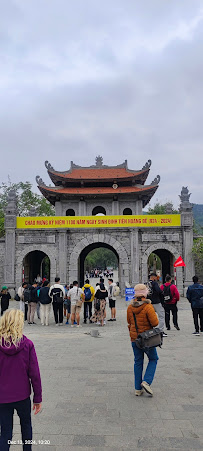Best Time to Visit the Japanese bridge in Hoi An
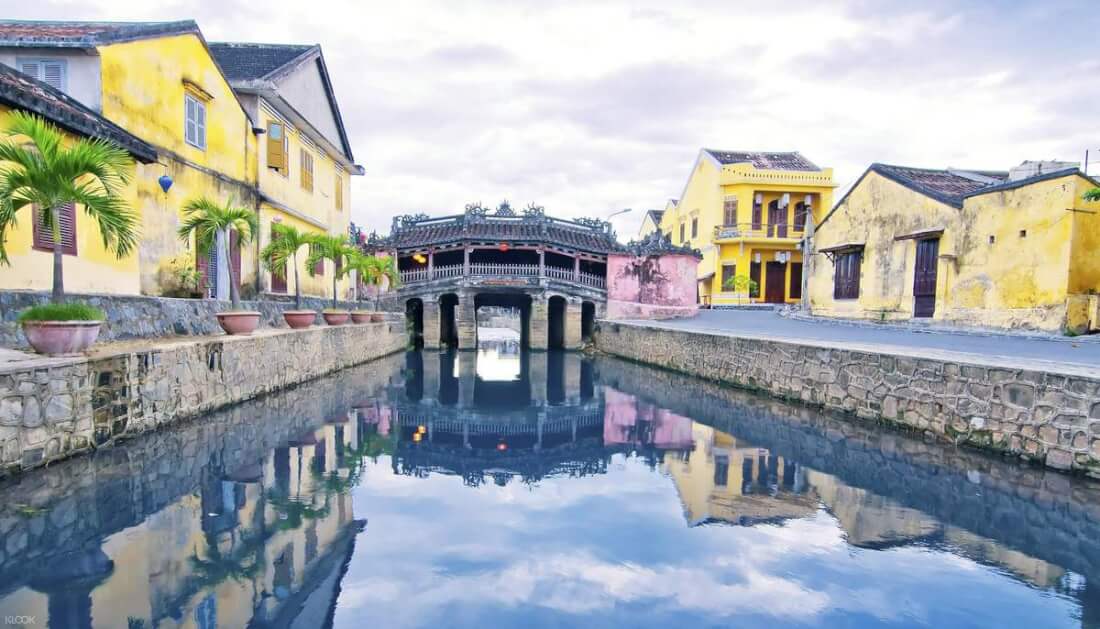
The atmosphere around the Japanese Bridge in Hoi An is lively yet relaxed, with blossoms and warm breezes giving the Ancient Town a cheerful charm.
Average Temperature: 23°C to 30°C
Crowd: Moderate, with ...
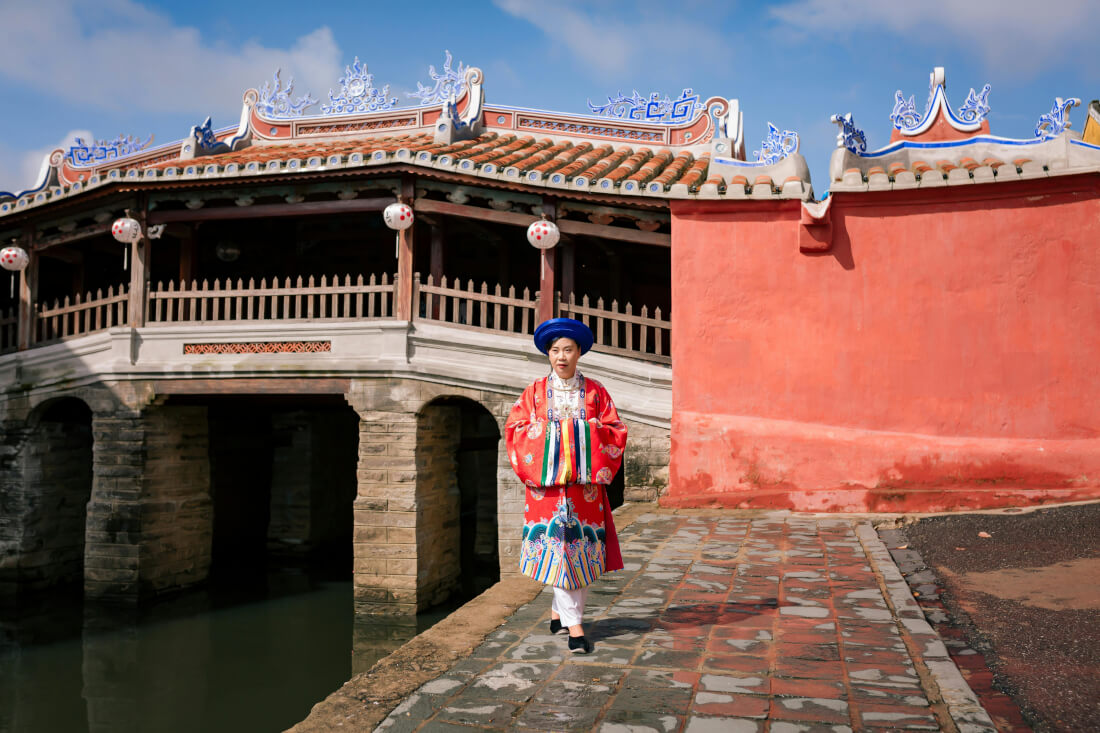
The bridge buzzes with energy as tourists flock in, making it vibrant and colourful, with lively crowds under the bright sun.
Average Temperature: 28°C to 35°C
Crowd: High, as it is peak tourist season fo...
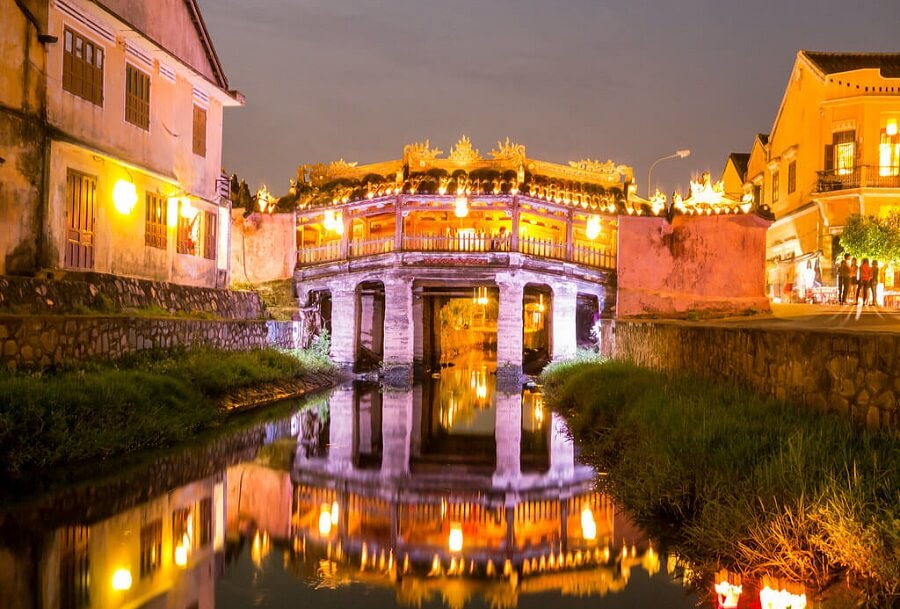
A quieter, more reflective vibe settles in, as the rains bring a slower pace and the lantern-lit bridge feels more romantic.
Average Temperature: 24°C to 29°C
Crowd: Moderate to low, especially during the...
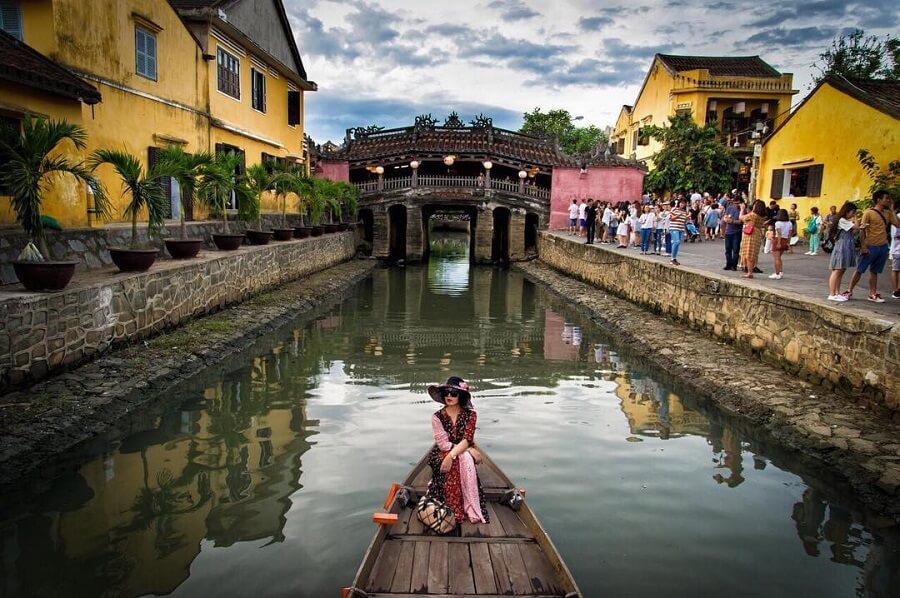
The cool air and festive celebrations create a cosy, cultural feel, with the bridge glowing beautifully during the Lunar New Year.
Average Temperature: 18°C to 24°C
Crowd: Lower, except during Lunar New Y...
Best Places to Visit Around the Japanese Bridge in Hoi An
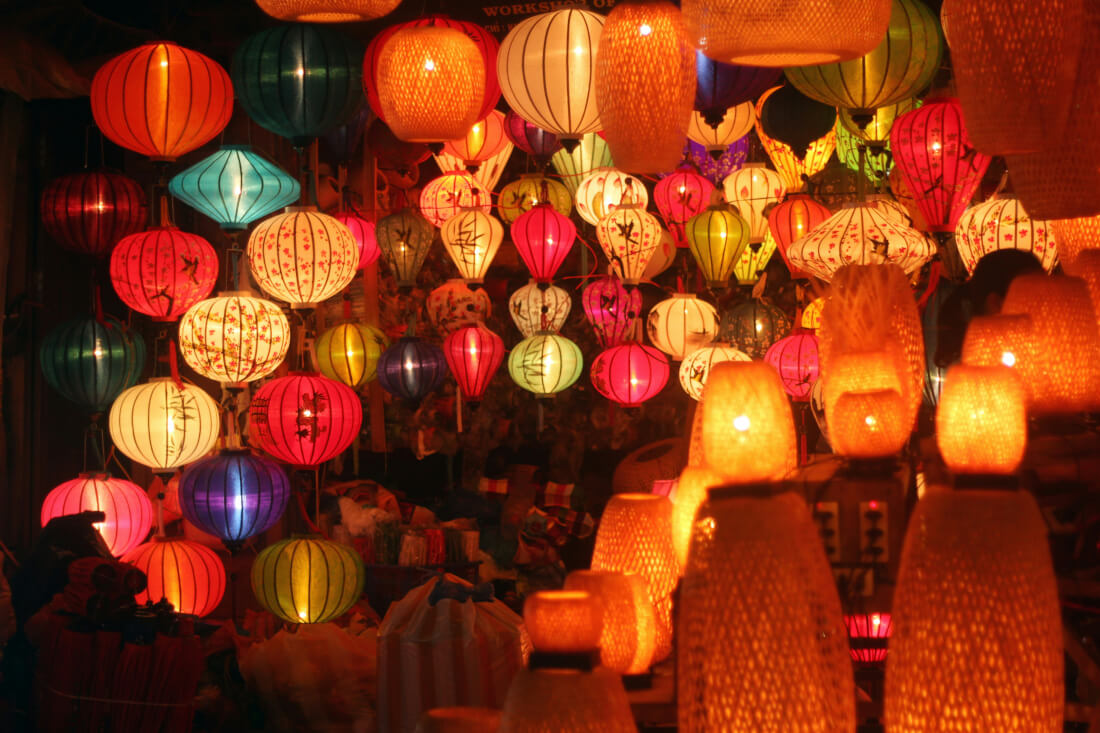
Intro: A UNESCO World Heritage Site, the Ancient Town is the heart of Hoi An, known for its preserved architecture, lantern-lit streets, and riverside charm.
Highlights/USP: Mix of Japanese, Chinese, and French influences in tra...
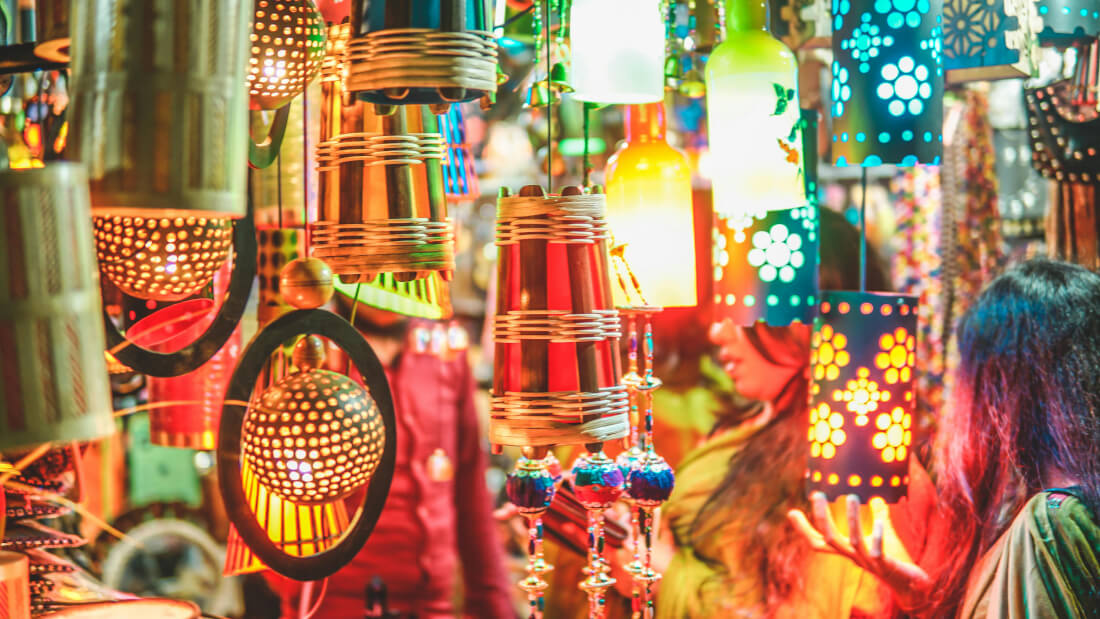
Intro: Located along Nguyen Hoang Street, this bustling market comes alive after sunset, offering food, souvenirs, and entertainment.
Highlights/USP: Colourful lantern displays, vibrant food stalls, and handcraf...
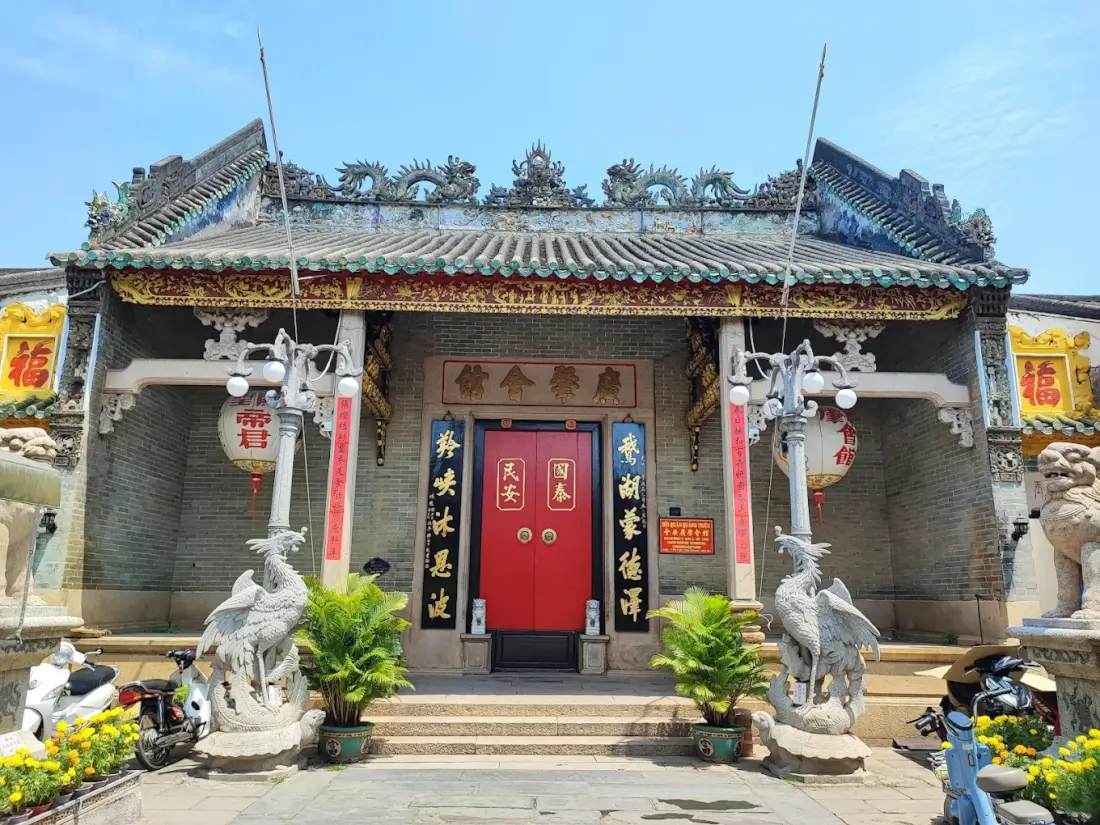
Intro: Built by the Cantonese community in the late 19th century, this hall is one of the most striking cultural landmarks near the Japanese Bridge in Hoi An.
Highlights/USP: Ornate dragon statues, intricate woo...
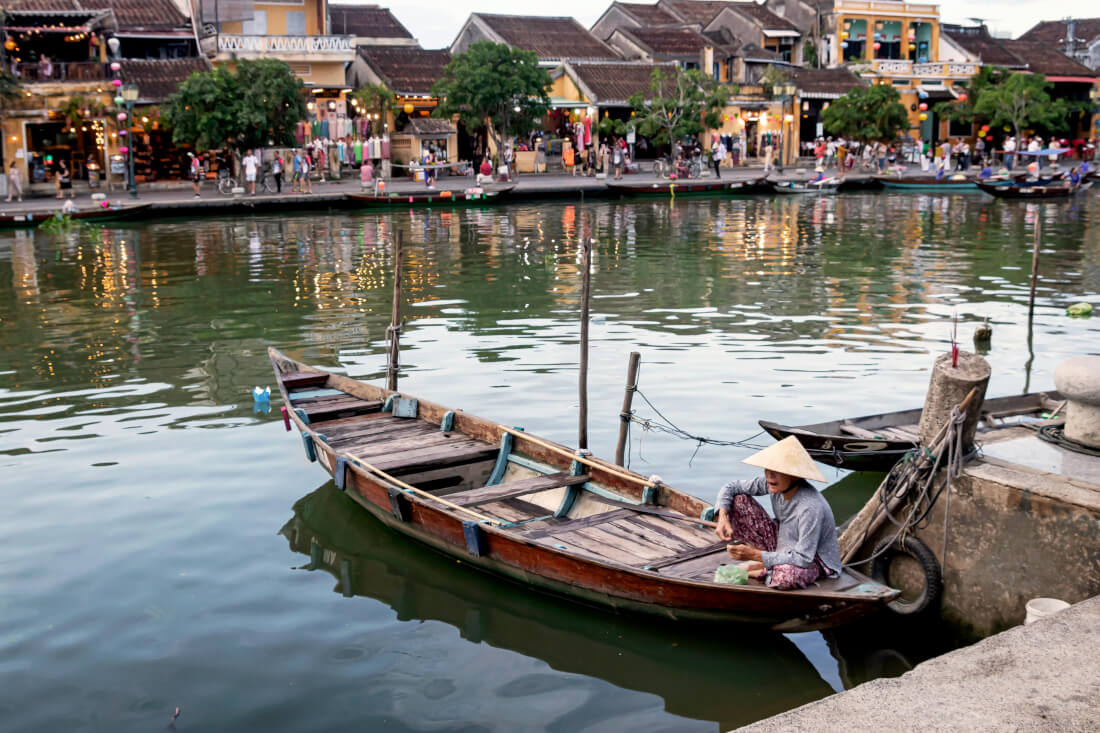
Intro: Stretching along the Thu Bon River, this area offers a peaceful retreat with charming cafés, boat rides, and picturesque views.
Highlights/USP: Lantern reflections on the water in the evening, creating po...
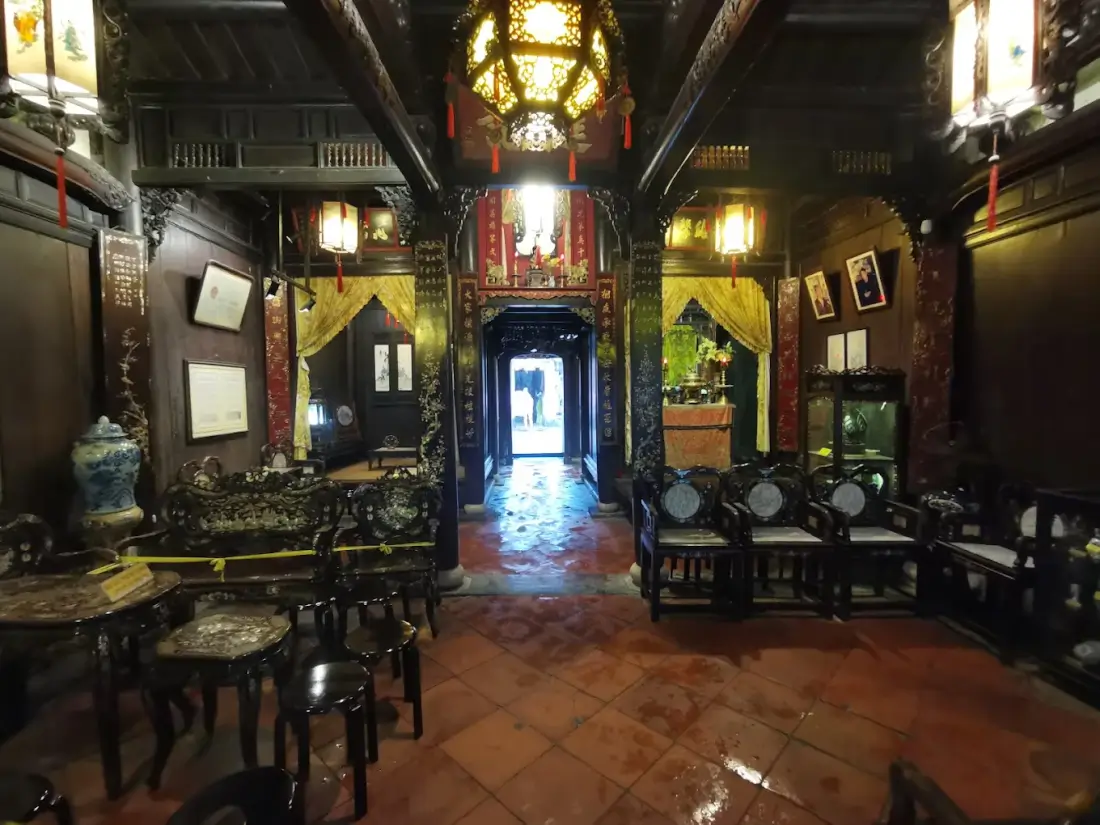
Intro: A 200-year-old merchant’s house that reflects a fusion of Vietnamese, Japanese, and Chinese architecture.
Highlights/USP: Antique furniture, traditional interiors, and historical artefacts.
Act...
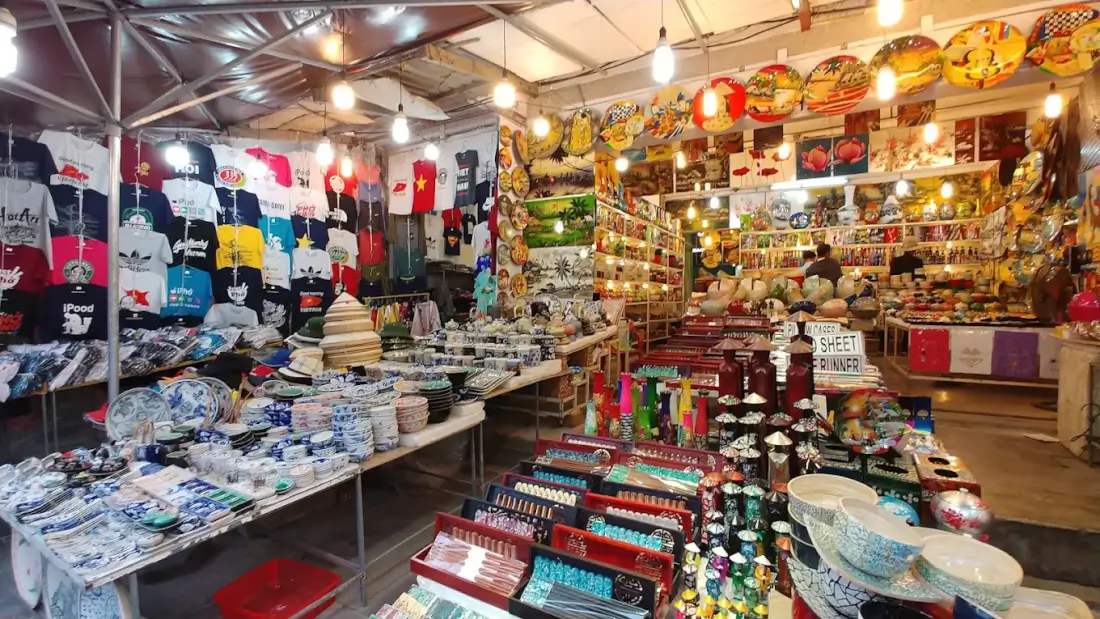
Intro: A bustling daytime market where locals shop for fresh produce, spices, and traditional snacks.
Highlights/USP: Authentic local atmosphere and a wide variety of goods.
Activities to Do:...
Frequently Asked Questions (FAQs)
The Japanese Bridge, locally known as Chùa Cầu or Pagoda Bridge, is a historic covered footbridge with a small temple atop, located within Hoi An Ancient Town. Constructed in the late 16th or early 17th century by Japanese merchants, it bridges two sides of a canal. It spans approximately 18 metres in length and 3 metres in width and remains one of the most iconic landmarks of central Vietnam.
The bridge blends Vietnamese, Japanese, and Chinese design traditions. It features a covered roof supported by stone pillars, wooden planks, and a curved, rainbow-shaped deck. The enclosed walkway and the small temple above make it a rare example of a house built on a bridge, which adds to its uniqueness and cultural importance.
Inside the bridge is a shrine dedicated to Trấn Vũ, also known as the God of the North. In Taoist belief, he is a protective deity associated with guarding against floods and offering safety. This was especially significant for Hoi An, a riverside trading port vulnerable to seasonal changes and flooding.
Two wooden statues of a monkey and a dog stand at either end of the bridge. According to local legend, construction began in the Year of the Monkey and was completed in the Year of the Dog. Another interpretation is that they serve as guardians, protecting the bridge and its visitors from harm.
Access to the bridge is included in the Hoi An Ancient Town ticket, which costs around 120,000 VND. While the bridge can be admired from outside at no charge, entering it and visiting the small shrine inside requires a ticket. This fee also covers entry to several other cultural sites in the Ancient Town.
Early mornings between 7 and 9 am are the most peaceful and offer soft lighting for photography. Evenings after 6 pm are especially magical, with the bridge glowing under lantern lights. Seasonally, the dry months from February to August are best for clear skies, pleasant weather, and uninterrupted exploration.
The bridge was built in the early 17th century by Japanese merchants and is linked to the legend of a mythical creature whose movements caused natural disasters. To calm this spirit, the bridge was constructed across the canal. In 1719, Lord Nguyễn Phúc Chu renamed it Lai Viễn Kiều, meaning the bridge to welcome guests from afar.
Yes, the Japanese Bridge has seen numerous restorations over the centuries. Significant refurbishments in the 18th and 19th centuries preserved its structure, while recent renovations, including those in the 21st century, have focused on reinforcing its foundations and maintaining its intricate architectural details.
The bridge can be admired from the outside at any time of day. However, access to the walkway and shrine is usually aligned with the operating hours of Hoi An Ancient Town, typically between 9 am and 10 pm. Visiting times may vary, so it is best to check locally before planning.
The Japanese Bridge is such an important cultural symbol that it has been featured on the Vietnamese 20,000 VND banknote. Its presence on the currency highlights the bridge’s enduring status as a national treasure and a proud representation of Hoi An’s rich history and identity.
Yes, the bridge is located in the heart of Hoi An Ancient Town, which is filled with assembly halls, old merchant houses, markets, and riverside cafés. Its central position makes it an excellent starting point for walking tours, allowing travellers to immerse themselves in the history and charm of the area.
A visit to the Japanese Bridge itself typically takes 15 to 20 minutes, enough to admire the carvings, step inside the shrine, and take photos. However, the surrounding Ancient Town is full of attractions, so many visitors spend a few hours exploring the area, often returning to the bridge at different times of the day for its changing atmosphere.














